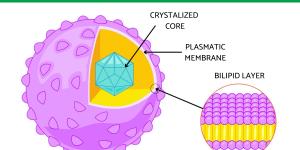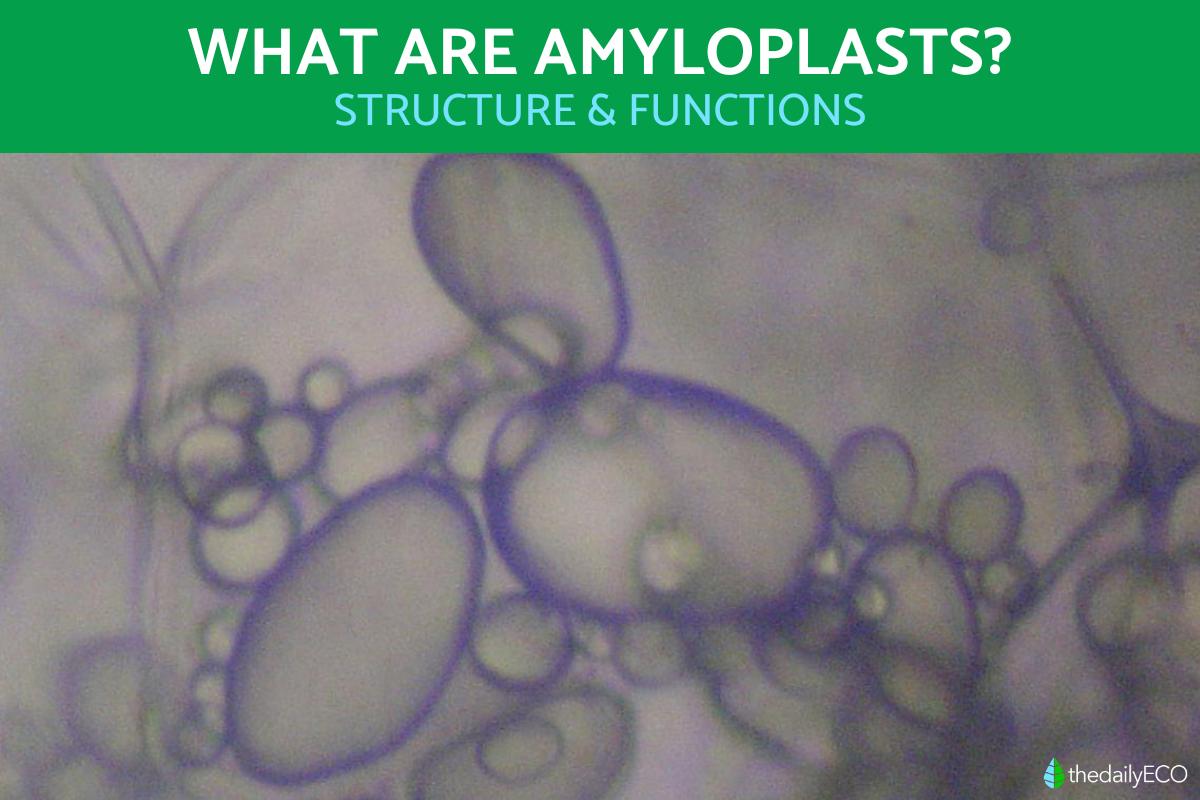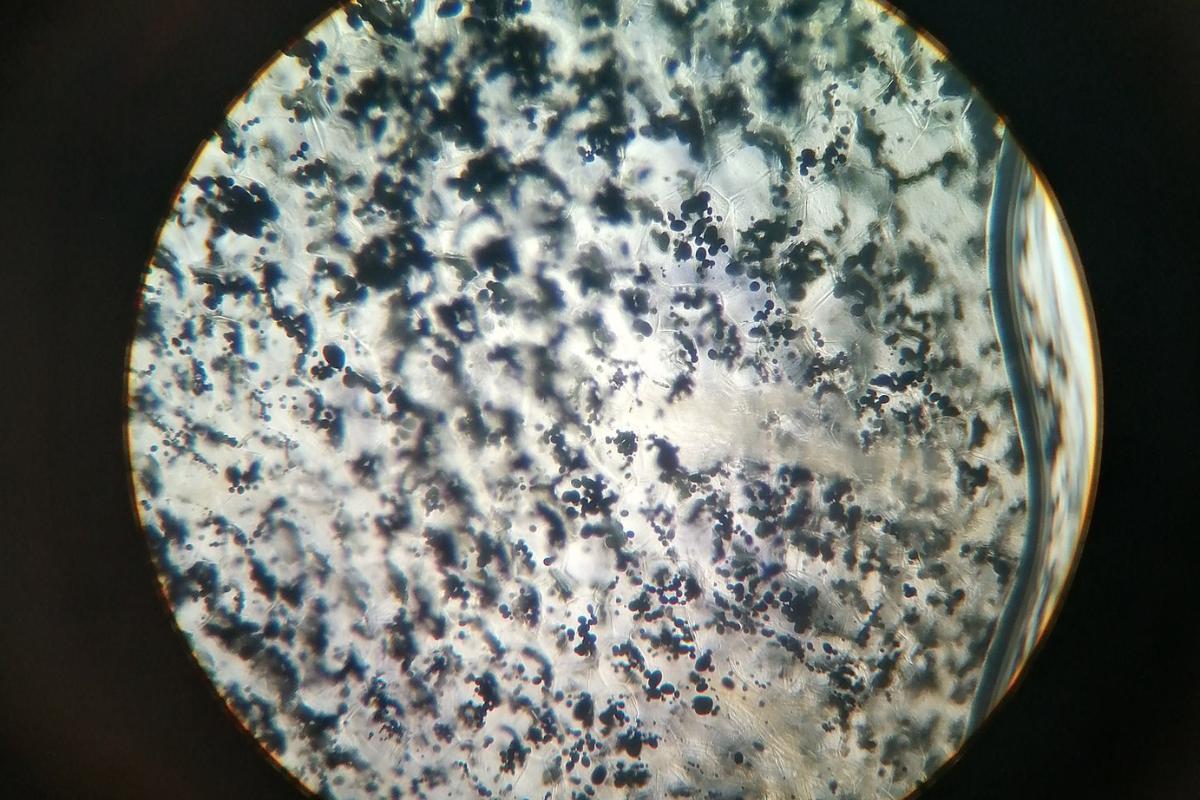What Are Amyloplasts in Plant Cells?


Amyloplasts are specific plastids present in plant cells, specifically they are organelles responsible for functions such as starch synthesis and storage. Amyloplast organelles have a double membrane, composed of a smooth outer membrane and an inner membrane that invaginates to form tubules. The inner parts of amyloplasts contain a stroma full of enzymes and starch granules. In this article from thedailyECO, we explain everything you need to know about these organelles by asking what are amyloplasts in plant cells? Specifically, we look at their structure and function in detail.
What are amyloplasts?
Plastids are types of membrane-bound organelles which are found only in plants and some other eukaryotic organisms. There are various types of plastic, with amyloplast being one that is responsible for the synthesis and storage of starch. Specifically, they are considered a type of leucoplast, meaning they are colorless and lack pigmentation.
Amyloplast plant organelles are found primarily in storage tissues such as tubers and bulbs, playing a crucial role in the accumulation of starch grains. Chloroplasts are a type of plastid which are involved in photosynthesis thanks to containing pigments, amyloplasts do not perform this function. They can even be found in plants that do not carry out photosynthesis at all, such as some parasitic species.
The development of amyloplasts is from proplastids and they divide by binary fission. They have a double-membrane structure that houses internal compartments where starch accumulates. This storage process is vital for the plant, as starch acts as an energy reserve. In addition to their function in storage, amyloplasts have been observed to participate in gravitropism processes, helping roots to grow in a downward direction.
Despite studies on amyloplast replication and proliferation, little is known about the specific mechanisms that regulate their division on a molecular level. Recent research has found that certain orthologs are involved in starch grain morphology, such as FtsZ1/2 and ARC6/PARC6. They have also monitored amyloplast proliferation in different plant tissues. This aspect is essential, especially in agricultural crops where starch accumulation has a direct impact on productivity.
You can learn about types of plastid similar to amyloplasts with our article asking what are leucoplasts?

What are the function of amyloplasts in plant cells?
We have already provided a basic definition of amyloplasts, but we can only understand them properly by looking at their specific functions:
- Starch synthesis: amyloplasts convert glucose into starch, a glucose polymer. Starch is stored as granules within the amyloplasts.
- Energy storage: starch granules act as energy reserves for the plant. They provide energy during periods without light when photosynthesis is not taking place. This includes short periods such as during the night, or longer periods where light is minimal such as during inclement weather.
- Gravitropism: amyloplasts are involved in the response of plants to gravity. A specialized type of amyloplast known as a statolith is denser and moves to the bottom of the cells. You can learn more about this and similar processes in our article asking can plants move?
- Gravity sensing: statoliths allow plants to sense the gravity vector, influencing directional root growth. The uneven distribution of auxin, a phytohormone, is affected by the position of the statoliths.
- Transient starch: amyloplasts also synthesize transient starch which is temporarily stored in chloroplasts. This starch is broken down to generate energy during the night and other low-light periods.
- Structural variability: amyloplasts can be simple (a single starch grain) or complex (multiple grains). The size of the amyloplasts depends on the amount of starch stored.
- Relationship to chloroplasts: they are related to chloroplasts which can also synthesize and store starch. Amyloplasts can transform into chloroplasts when exposed to light.
Learn about another type of plastid with our article explaining what are chromoplasts?

Structure of amyloplasts
Amyloplasts are plant cell organelles characterized by a distinctive structure, composed of a double membrane enclosing an internal space known as the stroma. The outer membrane of amyloplasts is smooth and continuous, while the inner membrane presents invaginations that form tubules or thylakoids. This organization allows the creation of a suitable environment for the biochemical reactions involved in starch synthesis.
The stroma contain starch granules, the structures responsible for storing starch. These granules are composed of two types of molecules known as amylopectin and amylose which are branched and linear in structure, respectively. The arrangement of these molecules within the granules is highly organized, allowing for efficient compaction and effective energy storage. The size and morphology of starch granules can vary depending on the plant species, being typically larger in crops such as corn and rice.
In addition to their primary storage function, amyloplasts are involved in a variety of metabolic pathways. During their development, they have been observed to contain lipids such as free fatty acids and phospholipids, suggesting a role in lipid metabolism. In amyloplasts, starch is synthesized in the stroma by a complex process involving carbon transfer from the cytosol.
Amyloplasts also coexist with other types of plastids in plant cells. In some species, amylochromoplasts have been identified. These combine starch granules with carotenoid crystals, reflecting a functional diversity in plastids. In tissues with high starch content, such as tubers and fruits, amyloplasts are essential for the accumulation of carbon reserves, especially during fruit ripening.
Now that you know what amyloplasts are, as well as their structure and function, you can learn more about what happens to plastids such as amyloplasts with our article explaining what are vacuoles?
If you want to read similar articles to What Are Amyloplasts in Plant Cells?, we recommend you visit our Biology category.
- Choi, H., Yi, T., & Ha, S. H. (2021). Diversity of plastid types and their interconversions. Frontiers in Plant Science, 12, 692024.
https://doi.org/10.3389/fpls.2021.692024 - Kawagoe, Y. (2013). The characteristic polyhedral, sharp-edged shape of compound-type starch granules in rice endosperm is achieved via the septum-like structure of the amyloplast. Journal of Applied Glycoscience, 60(1), 29–36.
https://doi.org/10.5458/jag.jag.JAG-2012_013 - Fujiwara, M. T., Yoshioka, Y., Kazama, Y., Hirano, T., Niwa, Y., Moriyama, T., Sato, N., Abe, T., Yoshida, S., & Itoh, R. D. (2024). Principles of amyloplast replication in the ovule integuments of Arabidopsis thaliana. Plant Physiology, 196(1), 137–152.
https://doi.org/10.1093/plphys/kiae314







